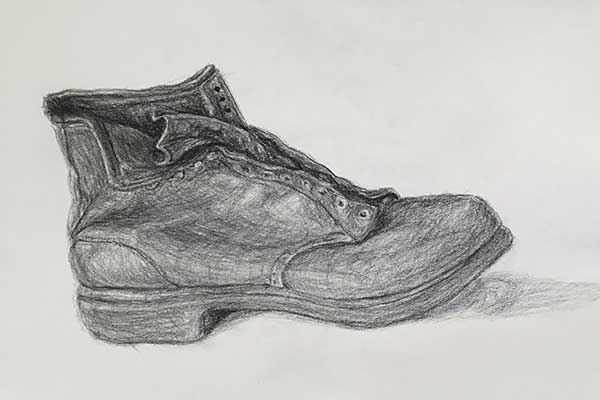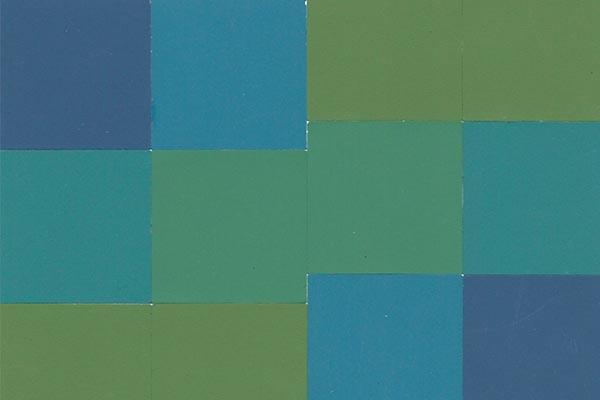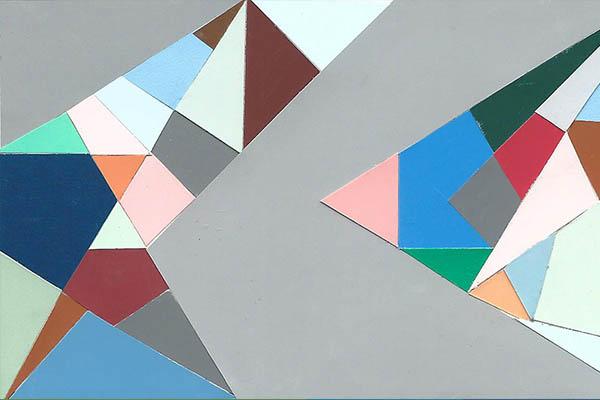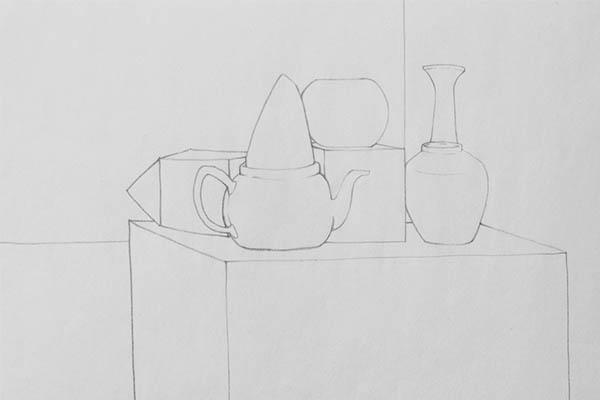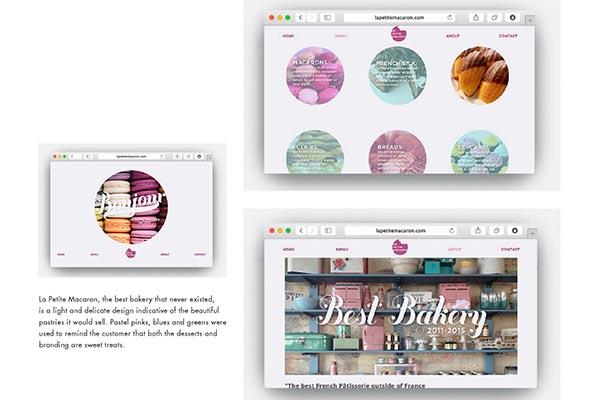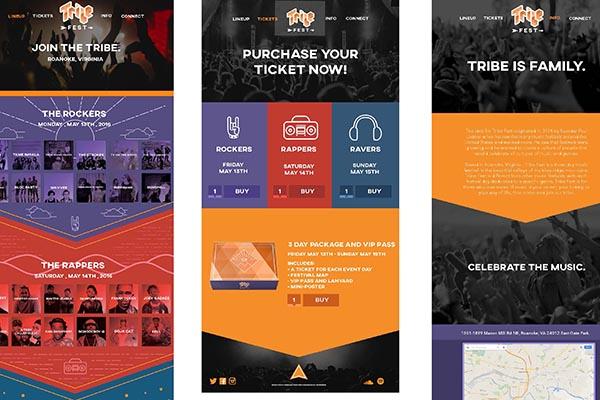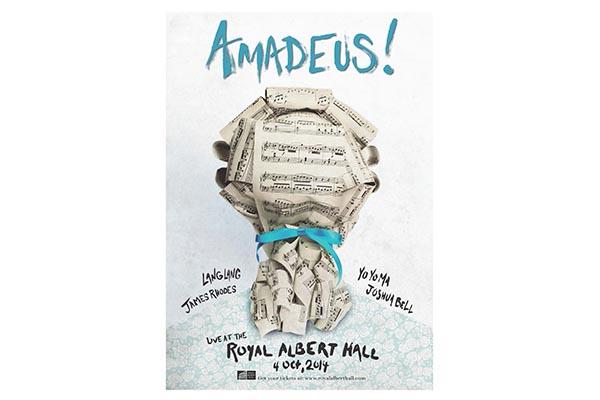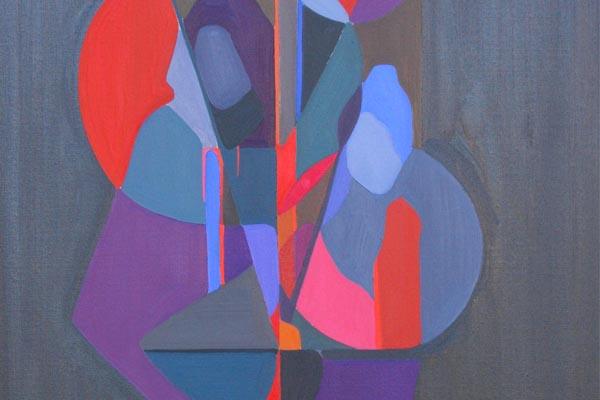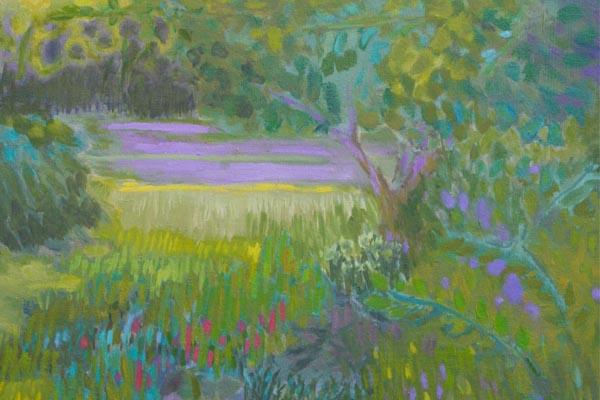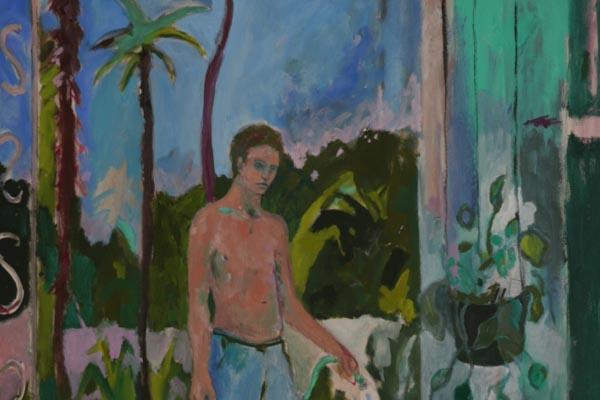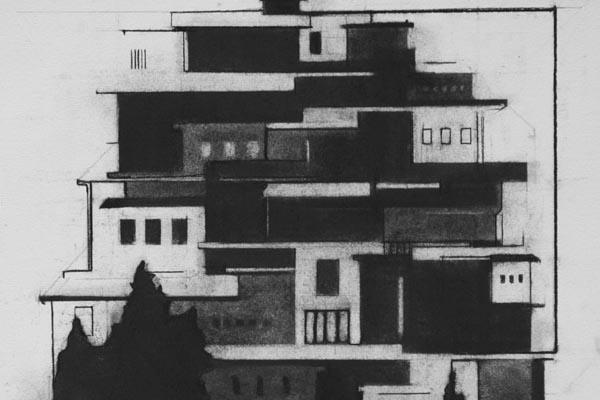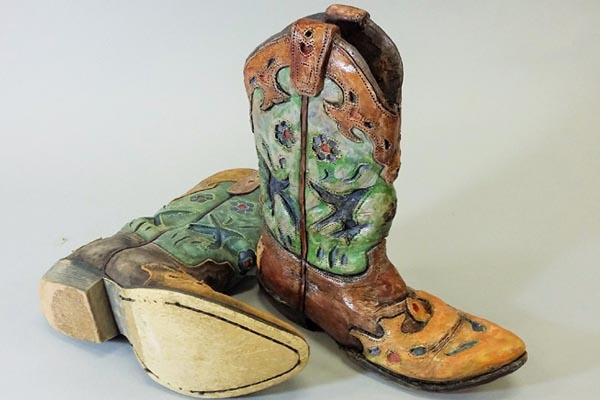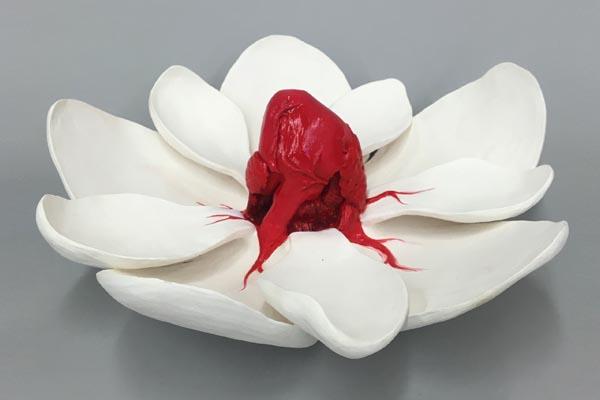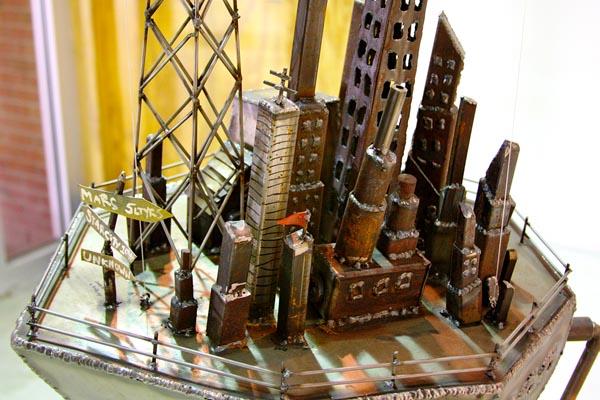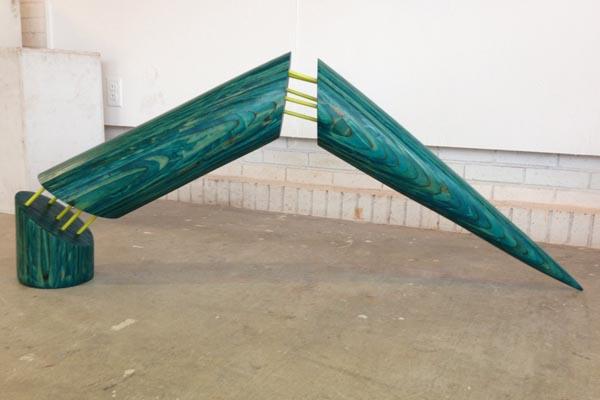Art and Design
Areas of Study
Foundations
GRAPHIC DESIGN BFAArt BA Art HistoryCeramics PAINTING Sculpture
Foundations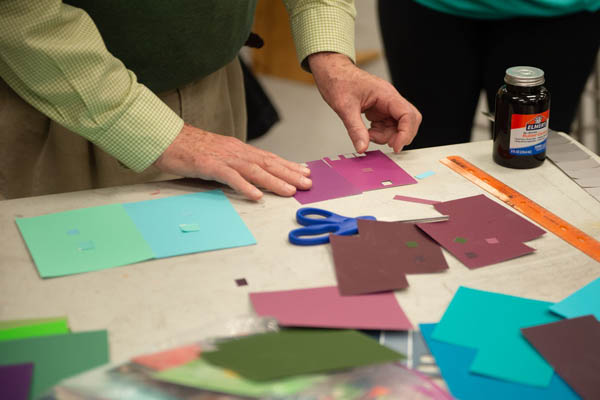
The Foundations curriculum is an intensive course series that introduces students to professional study in the visual arts. Successful completion of this first year experience is the prerequisite for advancement into all upper-level studio art courses in Art and Design at USM.
What Will I Learn?
The Foundations curriculum includes the following courses:
- ART 101: Drawing I
- ART 102: Drawing I
- ART 111: 2D Design
- ART 112: Color Theory
- ART 113: 3D Design
These practice-based studio art courses provide the beginning art student with experiences
that teach creative problem-solving, visual syntax, and tactile expression. Students
produce portfolios of artwork that demonstrate their understanding of creative processes
in drawing, color theory, and design.
Student Work
Graphic Design BFA
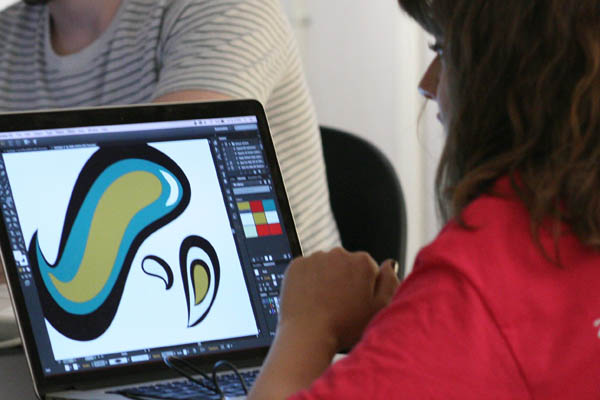
The Graphic Design program prepares students for professional careers as artists and designers in the field of digital communications and graphic design.
What Will I Learn?
The Graphic Design curriculum focuses on the development of conceptual and technical skills, creative problem-solving, and visual aesthetics. Students will learn Graphic Design skills and principles in identity design and branding, typography, package design, poster design, information design, storyboarding, advertising design, interactive web design, and motion graphics.
- Instruction is supported by studio and academic courses related to the graphic design profession.
- Classroom experience may be broadened through job internships in design firms, advertising agencies, and corporate design studios.
- Field trips, visiting artist presentations, and work on actual, real-world projects expand the classroom experience.
In sophomore-level courses, students focus on learning design software, design theory, and tools of visual communication. Students will develop conceptual, technical, and presentation skills based on commercial expectations and professional practice.
Upper-level courses emphasize the development of communication skills, technical and production skills, and an understanding of marketing and promotion.
In the final semester, students create an extensive senior capstone project, combining personal vision with professional goals. Successful completion of the program provides students with a strong design portfolio, and the education and skills necessary to enter the field as Graphic Design professionals.
Career Options
The program enjoys an exceptional placement rate, with graduates working in corporate
art studios, advertising agencies, design studios, printing and publishing firms,
and the expanding electronic publishing and digital art fields throughout the United
States.
Student Work
Art BA
The objective of the Art BA is to provide students with a well-rounded understanding of the visual arts grounded in a traditional liberal arts education. Our flexible degree plan allows students to experience a variety of studio art areas or specialize in Art History. Our graduates are prepared to enter the workforce in Mississippi’s thriving Arts and Culture sector or to continue their studies in graduate education.
What will I learn?
Students in the Art BA take the same Foundations courses as all Art and Design majors and then have the option to either choose a studio track in two sequence areas from the following studio concentrations: Drawing; Painting; Sculpture; Ceramics; Graphic Design; Digital Design; or Printmaking, or students can select a track in Art History.
Art History
Art history teaches students to analyze the visual evidence found in diverse works of art, architecture, and design in combination by investigating the social, cultural, and historical factors that shape a work of art. Art and Design majors learn the means for students to understand the context and significance of various art movements and styles and significantly can inform their own artistic practice. For all students, Art History provides the critical thinking and contextual understanding needed to be ready for life in a world full of conflicting and often AI-generated images.
What will I learn?
All Art and Design students begin by taking global surveys of the history of art, from pre-history until the current period. Students then choose from specialized upper-division coursework that examines the creation and reception of art across time and geographic locations.
Students particularly interested can complete the Art BA degree where they can specialize in Art History. We also offer an Art History minor open to all students.
Studio Art BFA: Ceramics, Painting, and Sculpture
The Studio Art program prepares students for a professional career in the visual arts. Studio art majors experience a shared core of art foundations, art history, and introductory studio courses. This core curriculum provides students with a fundamental understanding of the visual arts and lays the groundwork for deeper understanding, immersive learning, and specialization in studio art.
In addition to completion of the art core curriculum, BFA Studio Art majors pursue a track of specialization in either Ceramics, Painting, or Sculpture, while also further developing creative and technical skills in a broad range of studio art electives across disciplines within the program.
Ceramics
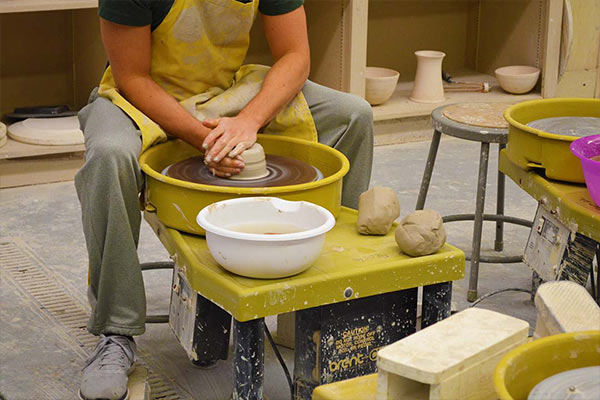 The Ceramics track in the Studio Art program provides students an opportunity to gain
depth of knowledge and experience in traditional and contemporary ceramics techniques
and processes while developing their own aesthetic sensibilities within the discipline.
The Ceramics track in the Studio Art program provides students an opportunity to gain
depth of knowledge and experience in traditional and contemporary ceramics techniques
and processes while developing their own aesthetic sensibilities within the discipline.
Painting
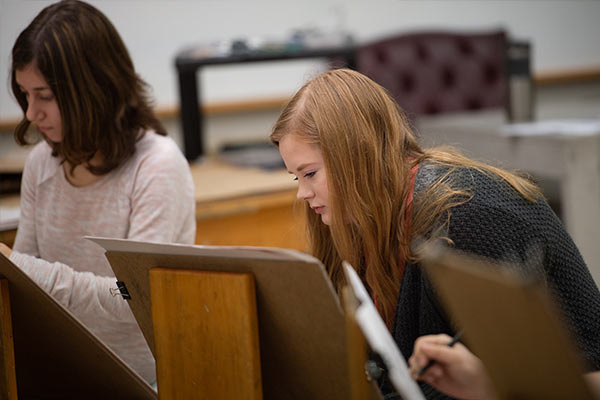
The Painting track in the Studio Art program teaches students an understanding of the expressive and investigative possibilities of the two-dimensional, formal plastic arts.
For those who are professionally oriented, the program provides experiences of sufficient breadth and depth to develop professional standards of performance.
The Art and Design program at USM has a long track record of graduating students who continue to pursue this professional studio practice throughout their lives. Drawing and Painting students from USM have gone on to advanced studies in some of the best graduate schools in the United States and abroad.
What Will I Learn?
Teaching is done by a two-dimensional, visual form problem-solving method using traditional materials on a planar surface to produce visual artwork. An open and ongoing dialog about drawing and painting and visual aesthetics is done in both group and individual (one-on-one student/faculty) criticism sessions. These group classes and individual projects prepare the student for the senior capstone project and exhibition. Advanced courses are individualized and highly independent.
Students enter the Painting track after successful completion of the Art and Design
Foundations curriculum and should possess a portfolio consisting of examples and performance
in all required Foundations courses. Transfer students should have a portfolio based
on Foundations course equivalents. For transfer students, a portfolio review is used
to assist Drawing and Painting faculty with advisement and to direct students into
courses appropriate to their level of skill and preparation.
Student Work
Sculpture
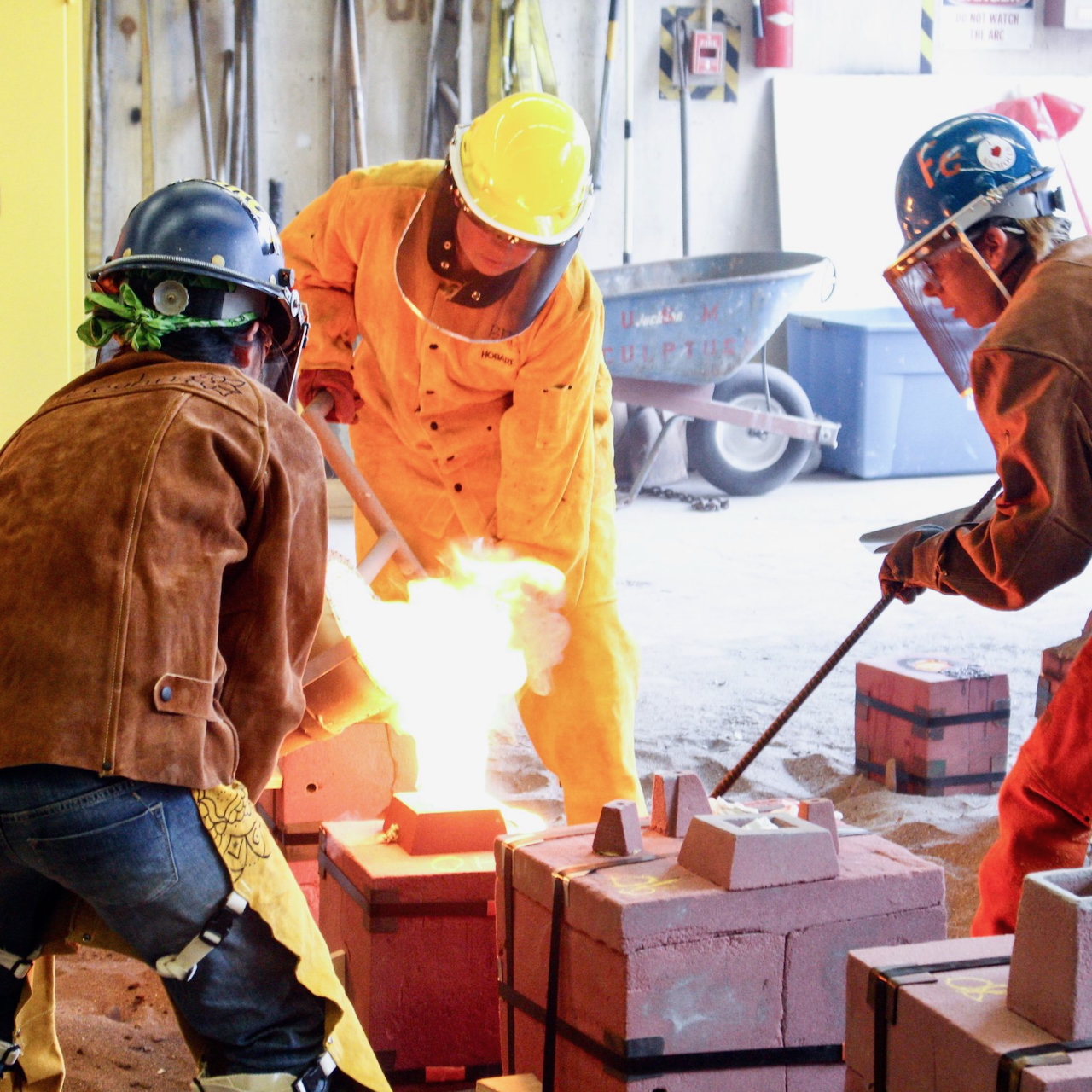 The Sculpture track in the Studio Art program offers students a comprehensive education
in the three-dimensional arts through a curriculum that includes training in a wide
range of materials and processes.
The Sculpture track in the Studio Art program offers students a comprehensive education
in the three-dimensional arts through a curriculum that includes training in a wide
range of materials and processes.
What Will I Learn?
Sculpture students learn various approaches to creating visual art in three-dimensional form and space, while developing proficiency in a wide range of materials and techniques, for the purpose of building an effective visual language as an expressive tool for art making.
The curriculum starts with mastering basic skills in sculpture, through experience in a wide range of mediums and processes including woodworking, metal casting, welding, and fabrication. Emphasis is placed on learning essential material handling skills and safe professional practice.
Students also learn about contemporary issues and theory related to art making as well as about historical contributions of artists in the field. Sculpture students develop the skills, knowledge and confidence necessary to enter into creative careers, and/or graduate study.
The 3D Arts Building is a stand-alone structure on the north side of campus where students work in a safe, inclusive, and collegial environment that fosters creative thinking and collaboration.
What Will I Learn?
Students explore diverse approaches to creating visual art in clay, gaining proficiency in both traditional and experimental forming techniques. We emphasize the development of personal visual language while building the technical skills essential for expressive, professional work.
The curriculum begins with foundational skills in hand building, wheel throwing, and surface design, progressing to advanced processes such as glaze formulation, slip casting, kiln firing, and experimental or installation-based work. Students gain hands-on experience with a range of firing methods—including electric, gas reduction, soda/salt, raku, pit, and wood-firing—while learning essential material handling skills and safe studio practices.
In tandem with technical training, students are immersed in contemporary issues and the rich history of the ceramics tradition, while developing critical thinking, writing, and research skills. Coursework encourages the exploration of personal narrative alongside a broader professional and cultural awareness, preparing graduates for creative careers or advanced study.
The Ceramics Studio, located in the 3D Arts Building on the north side of campus, offers a safe, inclusive, and collaborative environment that fosters experimentation and the growth of each student’s artistic voice.
Student Work
